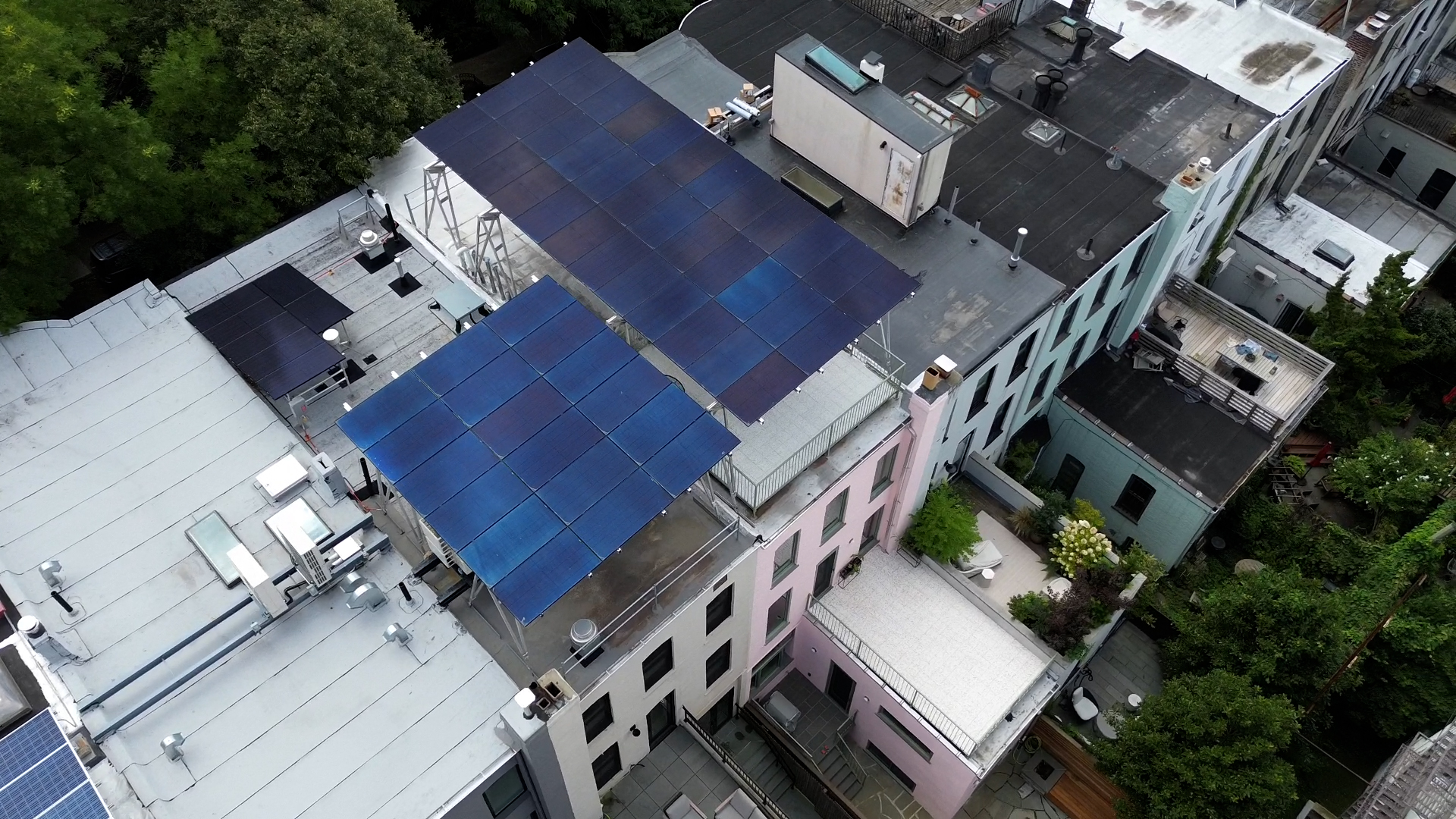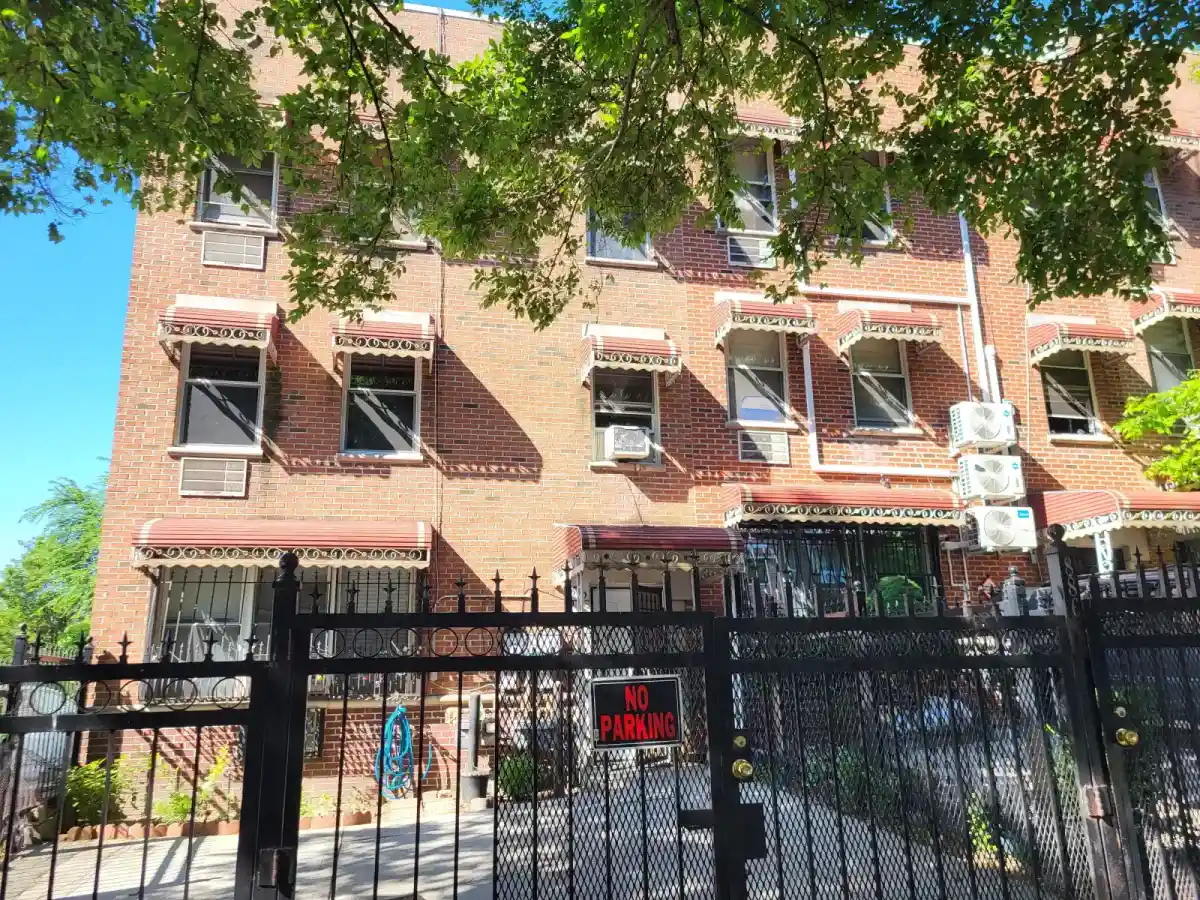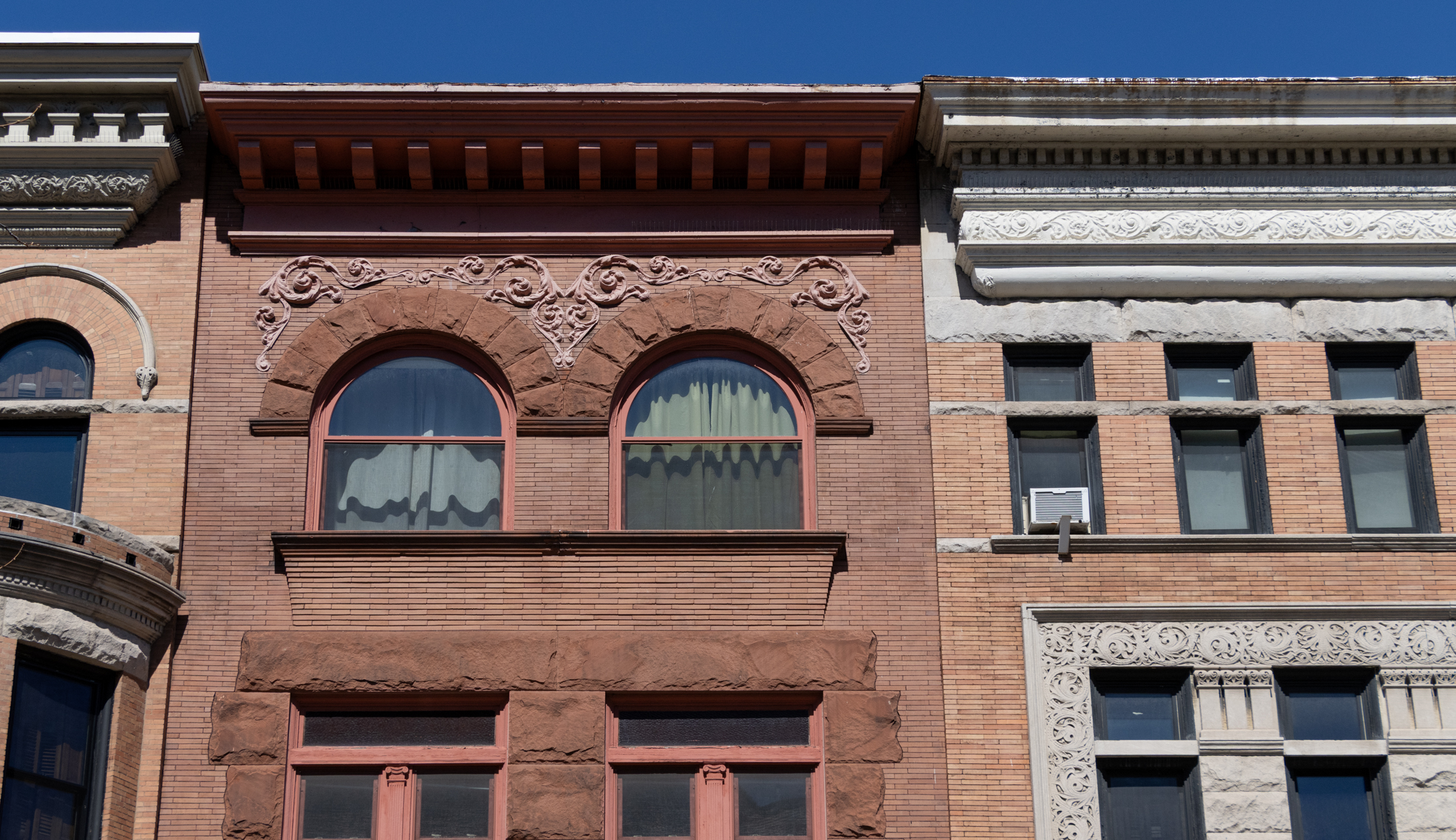How Clean Should the Gowanus Clean-Up Be?
11 acres is a lot of land, especially in a city where people buy air rights for several hundred dollars a foot. So it’s a sign of just how toxic the land between Smith Street and the Gowanus Canal is (and how little interest there was in the area historically) that the city has owned…


11 acres is a lot of land, especially in a city where people buy air rights for several hundred dollars a foot. So it’s a sign of just how toxic the land between Smith Street and the Gowanus Canal is (and how little interest there was in the area historically) that the city has owned the property for three decades and is only now getting its act together to make use of it. With KeySpan ready to pay for the clean-up, the issue is what exactly to do with the land. As discussed last week, this decision is part of a larger decision about the entire Gowanus area. The extent of the detoxification depends on whether this site will ultimately have housing. Either way, it’s a massive project given that the contaminants have seeped 120 feet into the earth by now.
Open Land, but With a Past [NY Times]
Gowanus Rezoning: Complete Chaos [Brownstoner]





Whether it is commercial, residential or open space, the clean up must start now. All this debating is only delaying what should have taken place years ago. How can it be that the land as it is a hazzard, but there is a “safe” park where children play accross the street on Huntington and smith!!! Action must take place.
Why the Gowanus discussion turns to anything but a demand that Industry, and in this instance KeySpan, return the land to anything short of residentially habitable is beyond my understanding. The idea that an area bounded by CG and PS should remain in the hands of the very industries that polluted it is crazy. I for one say — Take Back Gowanus.
(feel free to slam me for my naivete, but…) what are the risks of residential on such a contaminated site? Since I just bought a house not far from this site, and I may want to reproduce someday… They’re not talking about air pollution, so as long as I’m not drinking water from the canal, eating food grown in my backyard, or licking the soil, shouldn’t I have a reasonable expectation that my progeny won’t be three-headed? The (albeit simplistic) toxicity maps of the area on Property Shark show it to be no worse than my old nabe in Manhattan. Are there better resources out there for researching local pollutants/contamination?
The stte is immune form all lawsuits? Hmm, so we should shift liability to an immune entity so as to encourage development in a potentially dnagerous site? When are we ever going to look beyond making a buck today and think about what we want our city and our world to look like tomorrow (not to mention how many toes our grandchildren will have)? When will I stop wriitng in questions?
open space with light industry/retail – a true “industrial park.”
I know – just cart out that toxic soil and ship it over to the shlubby Greenpointers (you know, the neighborhood that people love to litteraly dump on) to soak up the largest oil spill known to man that corporate America and both sides of the house really are remotely interested in cleaning up.
a 10-foot thick concrete cap would take care of the problem. The government can take ownership of the land and lease it to a developer, or even grant an easement. That way, law suits won’t be an issue (The State is immune from lawsuits).
The area is too close to the subway and too close to Manhattan to be thrown away. As long as the information economy keeps pumping along and New York City is the center of it all, this land will be valuable.
Encapsulation does work, and for high-rise apartment construction, this is perfect. Build 50-story buildings and have the lower floors occupied as office space. Does anyone really think the chemicals deep underground are going to just magically appear hundreds of feet in the air?
open space (preferred) or some kind of commercial (to replace what is being lost by rezoning). but not residential.
I would vote for open space too.